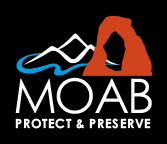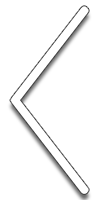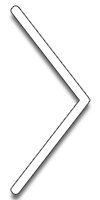
- Attractions
- Arts in Moab
- Arches National Park
- Arches Reservations
- Arches Webcams
- Canyonlands National Park
- Colorado River
- Dead Horse Point
- Dinosaur Museums + Hikes
- La Sal Mountains
- Movie Sites
- Museums
- Night Skies
- Rock Art
- Sand Flats Recreation Area
- Scenic Byway U-128
- Scenic Byway U-313
- Scenic Byways Overview
- Southern Utah National Parks
- Winery
- Winter in Moab
- Activities
- 4 Wheeling
- Accessible Adventures
- ATV/UTV Riding
- Ballooning
- Bird Watching
- City Recreation
- E-Bike Guide to Moab
- Fishing
- Golfing
- Guides + Outfitters + Services
- Hiking
- Horseback Riding
- Motorcycle Road Touring
- Motorcycle Trail Riding
- Mountain Biking
- Night Life
- Photography
- River Activities
- Road Biking
- Rock Climbing + Canyoneering
- Scenic Flights
- Skydiving
- Winter Activities
- Lodging + Campgrounds
- Area Info
- Accessibility
- Arches Webcams
- Be Prepared
- Calendar of Events
- Do It Like A Local
- FAQ
- Free Travel Guide
- Filmmaking
- Fire Restrictions
- Group Tours
- Moab Canyon Pathway
- Moab Map
- Moab Outdoor Adventure Guide
- Nature's Masterpiece
- Pet Information
- Poop
- Press and Media
- School Packet
- Staff
- Sun/Moon Rise/Set
- Sustainable Tourism
- Videos
- Weather
- What's New
- Services
- Transportation









